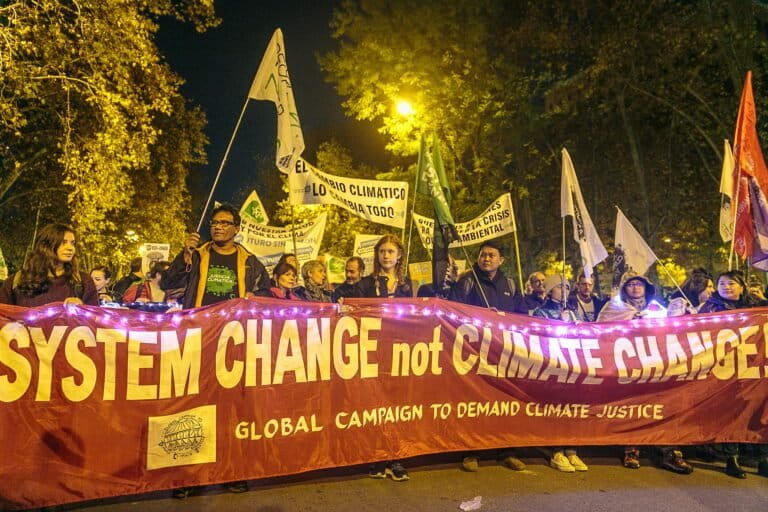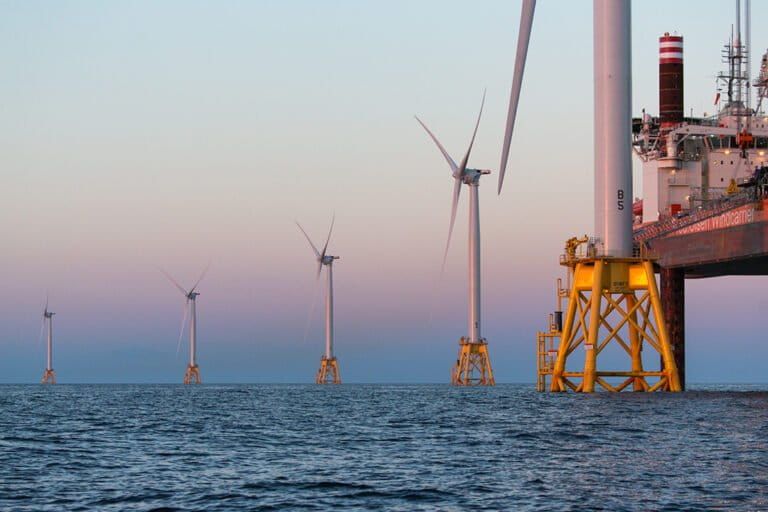A new study shows that sea levels along the United States’ northeastern coast will rise nearly twice as fast during this century than previous predictions. By 2100 the waters around New York city could rise as much as 18 inches, leaving Manhattan particularly vulnerable to flooding from hurricanes and winter storm surges.
Using 10 climate models from the Intergovernmental Panel on Climate Change (IPCC) researchers including Jianjun Yin from the Center for Ocean-Atmospheric Prediction Studies (COAPS) at Florida State University calculated that there was a 90 percent chance that sea levels along the northeastern coast of the United States will exceed global sea level by the end of the century.
They attributed the rising waters to thermal expansion and a slowing of the North Atlantic Ocean circulation due to a warming ocean surface.
“The northeast coast of the United States is among the most vulnerable regions to future changes in sea level and ocean circulation, especially when considering its population density and the potential socioeconomic consequences of such changes,” Yin said. “The most populous states and cities of the United States and centers of economy, politics, culture and education are located along that coast.”
However even this prediction could be quite conservative, since Yin and his colleagues did not factor in further sea level rises from land ice melting, such as the Greenland ice sheet, because of the level of uncertainty regarding such melt.
Related articles
Gravitational effects may boost sea level rise by 25% along U.S. coast
(02/05/2009)
The melting of the West Antarctic Ice Sheet could cause sea level to rise more than previously predicted for some regions, including the U.S. coastline, report researchers writing in the journal Science.
Global warming to strengthen Arctic storms
(02/05/2009)
Arctic storms could worsen due to climate change, putting fisheries, oil and gas exploration, and sea lanes at risk, warn researchers writing in the journal Climate Dynamics.
Sea levels may rise 2-3 times faster than expected
(08/31/2008)
Global sea level rise this century from a melting Greenland ice sheet may be two to three times greater than current estimates warn researchers writing in journal Nature Geoscience.
Global warming increases “extreme” rain storms
(08/07/2008)
Global warming is increasing the incidence of heavy rainfall at a rate greater than predicted by current climate models have predicted, reports a new study published in the journal Science. The findings suggest that storm damage from precipitation could worsen as greenhouse gas concentrations continue to rise.
Hundreds of millions at risk from rising sea levels
(03/27/2007)
Hundreds of millions are at risk from cyclones and rising seas resulting from climate change reports a new study by researchers from the International Institute for Environment and Development (IIED) in the UK, the City University of New York, and Columbia University.
Sea levels may rise higher than predicted due to global warming
(12/15/2006)
Global warming could cause sea levels to rise by four-and-a-half feet (140 cm) according to new projections published in Friday’s issue of the jounral Science. Stefan Rahmstorf, a scietist at the Potsdam Institute for Climate Impact Research in Potsdam, Germany, uses air temperature measurements and past sea level changes rather than computer models to calculate that ocean levels could rise by 50-140 cm by 2100, well above the 9-88 cm projected by the United Nations Framework Convention on Climate Change. A 140 cm rise in sea levels could swamp low-lying cities like New York and Venice while causing catastrophic flooding in Bengladesh and South Pacific island nations.














